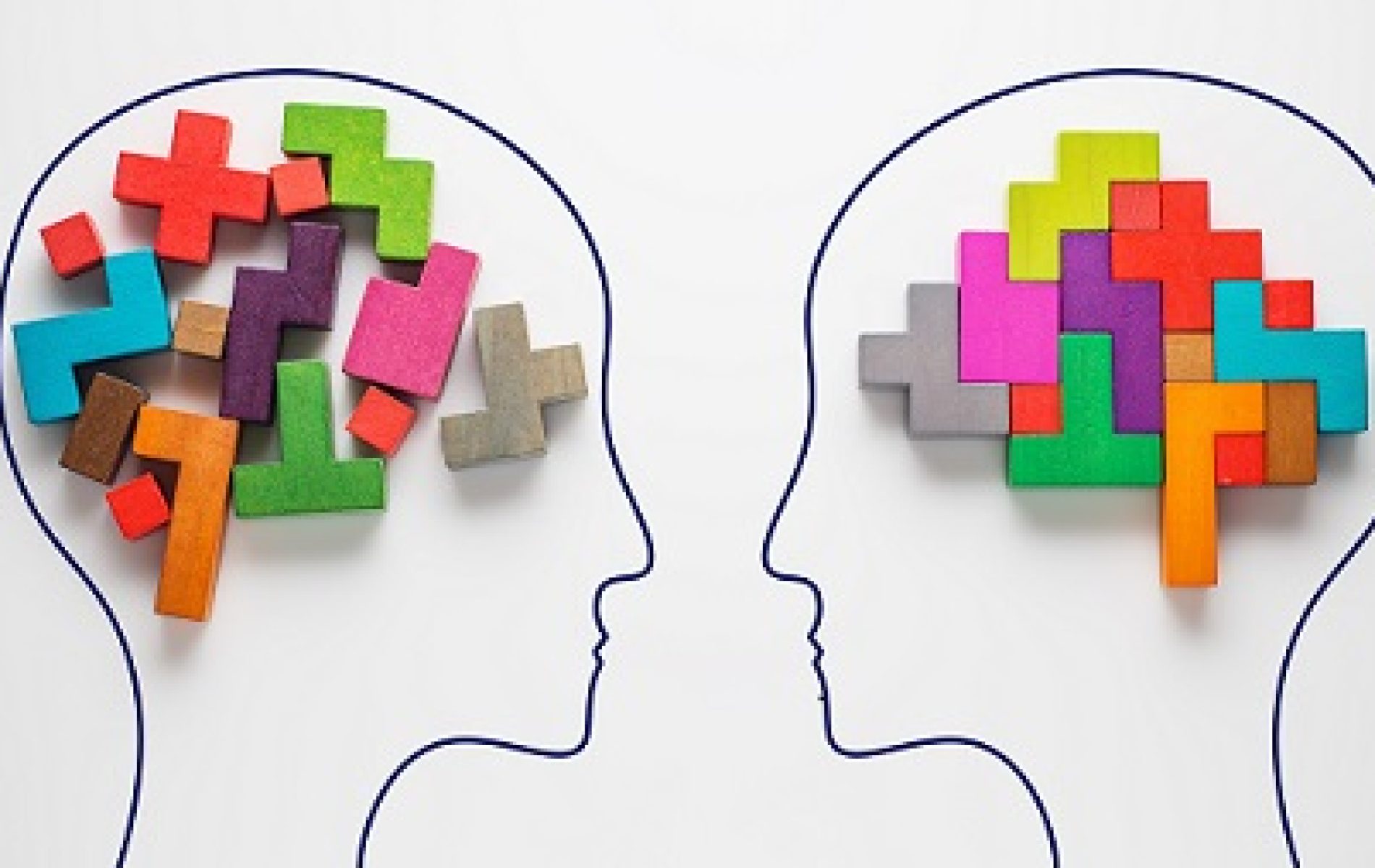ADHD is a neurological disorder with symptoms of impulsivity, distractibility and hyperactivity. Although the condition is believed to begin in childhood, ADHD can occur in adults too. The negative aspects of ADHD can adversely impact one’s quality of life, including work performance and academic achievements, in addition to relationships with other people.
But ADHD may have a positive aspect too. Many people with ADHD tend to be enthusiastic, inquisitive, witty, lively and spontaneous – and each of these characteristics can contribute to being more creative than others who don’t deal with ADHD.
Generally speaking, creativity is the ability to create something that is both unprecedented and original. Creative ideas must be relevant, new, useful and surprising. Creativity often comes through intense knowledge and significant motivation for innovation in a certain field. These fields can vary, ranging from mathematics to painting, science, or music.

Interestingly, several studies have shown that people with psychological difficulties and psychiatric conditions (such as mania) are often the people who generate creative masterpieces.
Two primary symptoms of ADHD, impulsiveness and inattention, are closely linked to having the courage to take chances and to be more creative.
Impulsivity
People with impulsiveness are often more willing to take risks, daring to approach new situations with little regard for fear. One 2011 study, involving 203 five- to 10-year-old children, examined the results of a Balloon Analogue Risk Task (BART) experiment, which is a computerized test where participants are enabled to blow up balloons by way of one click at a time. Every time a balloon is blown up, participants earn a monetary reward. If the balloon pops, however, the earnings are lost.
The researchers determined that the participants who had been previously diagnosed with ADHD popped more balloons than the control group, showing greater risk-taking than the group of participants without ADHD. The participants who had ADHD and oppositional defiant disorder (ODD) popped the most balloons out of all of the groups.
Teachers of children who tend to be more impulsive also notice that these children are more curious. This likely creates more opportunities for learning for these students, in addition to possibly enhancing their creativity.
Inattention
Inattention occurs more frequently in people with ADHD and can lead to mind wandering and the drifting of thoughts from a task or surrounding. This drifting is thought to lead to new, creative and useful ideas.
One study, published in Journal of Creative Behavior, examined 26 college students who had ADHD and 26 without the condition, to perform two different creativity tests. The first test involved the invention and drawing of alien fruits without copying anything from earth. Students who had ADHD created alien fruits that were more unique. During the study, participants were also asked to create product labels and the students with ADHD came up with product names that were less conventional.

One idea here is that prior knowledge can be an obstacle when it comes to creativity. When we look at a model or example for inspiration on any project, our brains have a tendency to become stuck. This is often referred to as “fixation” by designers. When people are given examples prior to being given a task that requires them to invent something new, the inventions they come up with often incorporate aspects of the original examples and are less creative or novel. Being able to overcome information that was recently presented is vital when it comes to creative thinking.
People with ADHD are often better at creating new uses for everyday objects or brainstorming new ideas. They are better able to overcome information that has been recently presented to them, making it possible for them to be more creative in their thinking.

Furthermore, when a person, like the above college students, are asked to create something like a fruit or an animal that exists on another planet, many people would begin by thinking of something they already know of on earth, then modifying it into some “alien” form. But the true key to creating creativity under such conditions is something called conceptual expansion, or the ability to loosen conceptual boundaries. People with ADHD are often better-equipped to do this.
It is important to know that ADHD is a heterogeneous disorder, meaning that there are not only differences between the individuals affected but also their symptoms (predominantly hyperactive/impulsive or predominantly inattentive). Cognitive performance can vary greatly from one person with ADHD to the next. In fact, some people with ADHD are able to focus intensely on one single thing if interested, which is often referred to as hyperfocus. This ability is also beneficial for artistic or creative projects or tasks.

Studies continue to unveil the link between creativity and ADHD. Clear evidence is not always provided that proves that people with ADHD are more creative than non-ADHD thinkers, but there is growing evidence that strongly suggests this hypothesis to be factual. This means that while individuals can seek help to improve their attention, they also possess unique qualities that can help them be successful in life.
To learn more about ADHD and our Attention Boosting Program, please visit us at NeuroGrow.com.
—–
This article was inspired by an article published by Scientific American and was re-written (with other information added) by Mrs. Courtney Cosby and edited by Dr. Majid Fotuhi.



